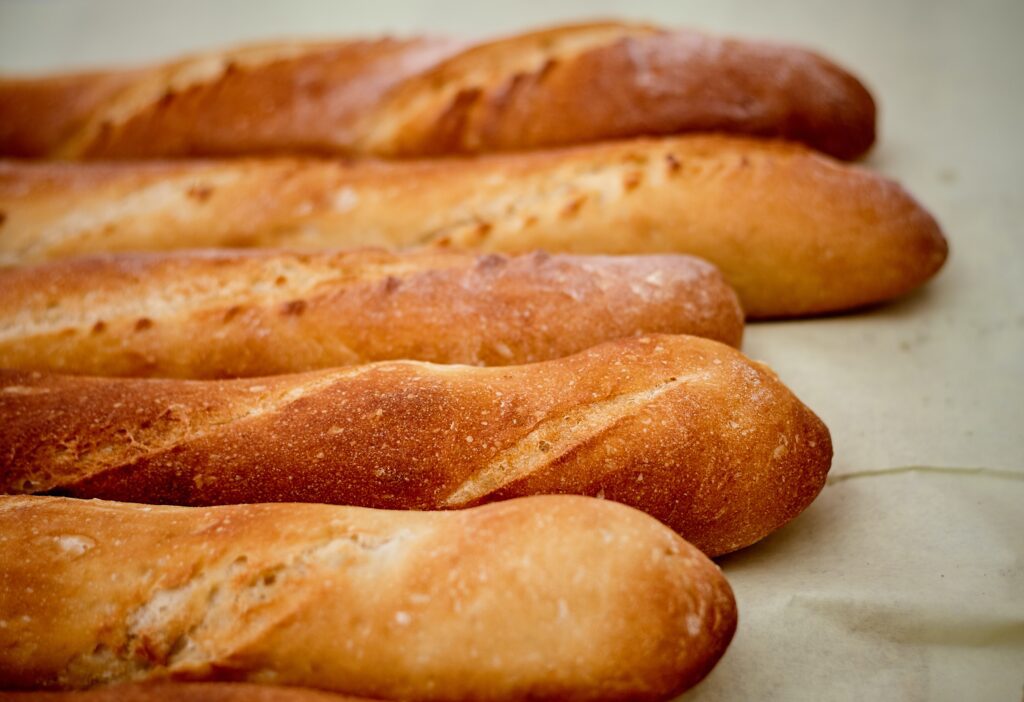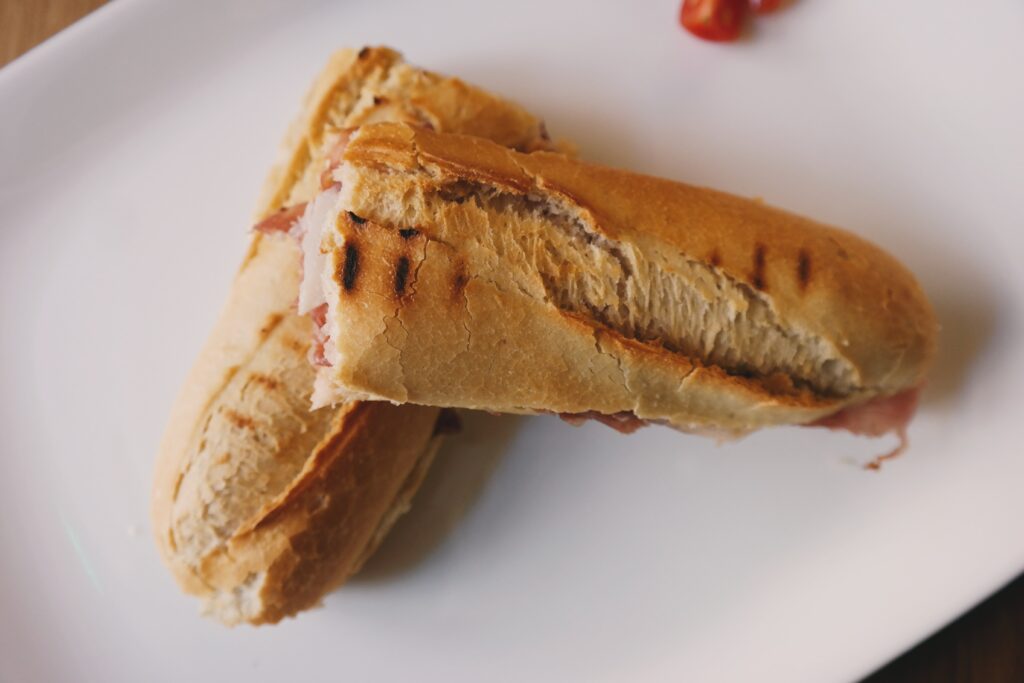The Iconic French Baguette Is Now A Protected Cultural Treasure
The French baguette is the latest addition to UNESCO’s Cultural Heritage List. Together with Tunisia’s spicy harissa and the Thai tom yum soup, the baguette joins 27 other important cultural elements of the world.

But what is it about this crusty, sometimes-soggy, often-lumpy bread that makes it so special? Is it the perfect lunchtime treat or a simple snack? Is there something special about its shape or how it’s made?
The baguette has long been central to French culture and society. Just think of French bakeries as the epicenter of neighborhood life: families with young children gather for a fatty liver sandwich (the cornet de foie gras), and elderly people often relish the chance to meet up with friends for a croque-monsieur before venturing out into the city.
The baguette is often a symbol of France itself; it is both an iconic bread that represents the country’s bread-making traditions and an icon of French cuisine.

In 1993, the French government established the Law of the Baguette to ensure that traditional baguettes were made according to age-old specific rules. The law also calls on local officials to preserve and support the production of artisanal baguettes by promoting them as a regional specialty.
But as any true French person will tell you, the reason for having such a long baguette is tradition, not practicality. The long (and sometimes uneven) shape of the baguette comes from its history as an easy-to-hold piece of bread for soldiers or other people on the move.
While the baking technique differs from one boulangerie to another, the basic rules of what can and cannot go in a baguette are still enforced by law. Bakers are restricted to working with flour, water, salt, and yeast (or leaven) during the traditional process.

Bakers only ever use one type of flour during baking; this unbleached wheat flour absorbs moisture from the steam in the oven, making it expand into a soft-yet-strong dough that doesn’t lose its shape when baked and allows for the baguette to rise into a uniform shape.
